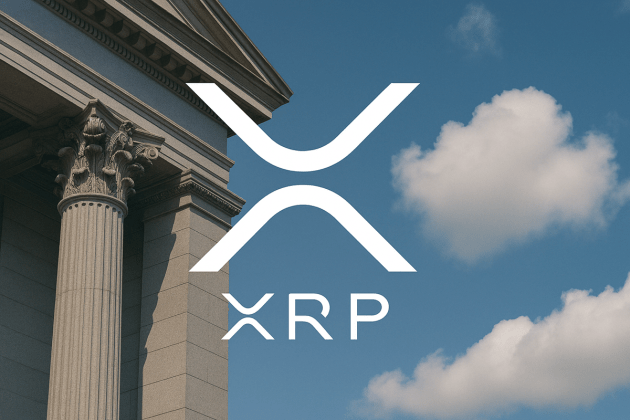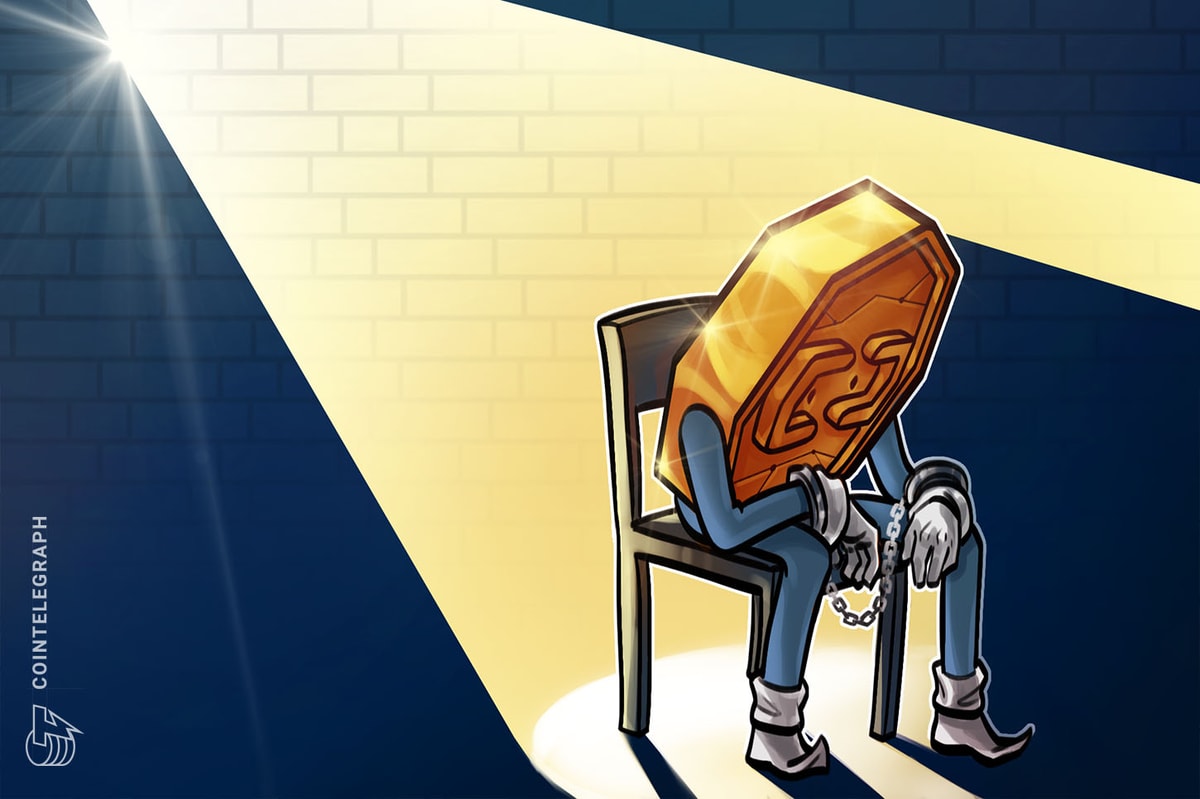Bitcoin bears have been selling on every rally over the last few months, and analysts believe that a liquidity boost fueled by BTC’s “fresh all-time highs” will help break the cycle.
“Market is in need of a big liquidity boost,” pseudonymous crypto trader Daan Crypto Trades wrote in a June 13 post on the X social media network.
The trader’s sentiments appear to have been informed by Bitcoin’s (BTC) “whipsaw” price action as it consolidates within a wide range, stretching from $66,500 to $72,000.
Full-swing bleeding and “selling into every pump has been the theme for the past couple of months,” explained the trader, adding that one of the best ways to end this cycle “has always been a fresh all-time high for #Bitcoin.”
Data from Cointelegraph Markets Pro and Binance shows BTC is trading at $67,474, 10% below its all-time high of $73,808 reached on March 11.

Daan Crypto Trades said that the price can move swiftly up and “it doesn’t always need some catalyst besides price simply going up.”
This requires high liquidity, which allows market participants to buy more BTC, resulting in a tighter bid-ask spread and driving prices higher.
Fortunately for Bitcoin bulls, this liquidity might come soon, after Microstrategy, the largest corporate BTC holder, revealed its intention to raise $500 million via a convertible senior note offering to “acquire additional Bitcoin” and other general corporate purposes.

“That’s a fresh $500M liquidity impulse for you right there,” said Daan Crypto Trades in a June 13 X post reacting to the MicroStrategy news.
The trader also added that increased inflows into the spot Bitcoin ETFs could also add to the liquidity required to push BTC out of consolidation.
Fellow trader Jelle shared similar sentiment declaring that the more than $100 million inflows into spot Bitcoin ETFs on June 12 and a possible $500 million more from MicroStrategy being poured into BTC could provide the liquidity that the market needs.
“100m in inflows for the ETFs yesterday; let's see if they show up again - especially now that Saylor has announced he'll be buying another 500m worth of coins soon.”
Bitcoin price still range-bound
Meanwhile, the price of the pioneer cryptocurrency remains stuck in a post-halving re-accumulation range, which could last up to September 2024, according to popular analyst Rekt Capital.
In a June 13 post on X, the analyst said, “This cycle has been filled with Re-Accumulation ranges, which inevitably break to the upside over time.”
“Out of all consolidations, the current one is the longest,” Mags told their 79,500 X followers in a June 9 post.
In a previous cycle after the 2020 Bitcoin halving, there was a 21-day consolidation period before Bitcoin’s price broke out, eventually reaching an all-time high at the time of $69,000 in November 2021. In 2017, the consolidation period was 48 days.
Related: Bitcoin price tracks $68K as 'chicken' crypto market shrugs off US PPI
Bitcoin shows no changes, with the “price still chopping sideways within the $67K-$72K price range as market participants lose their minds,” declared Daan Crypto Trades, adding that BTC is likely to “stick to the horizontal levels.”

Additional data from market intelligence firm IntoTheBlock helps to explain the ongoing stalemate between buyers and sellers. Its In/Out of the Money Around Price (IOMAP) model reveals that the price is currently between two significant levels.
There is robust support around the $63,500 to $67,500 demand zone, where approximately 1.62 million BTC were previously bought by 3.94 million addresses.

On the upside, the supplier congestion zone between $67,600 and $70,500 poses a stiff barrier for the bulls. This is where approximately 1.86 million BTC were previously bought by roughly 3.32 million addresses.
This suggests that high demand-side liquidity is required to push BTC's price past the said resistance, breaking it out of consolidation and into price discovery.
This article does not contain investment advice or recommendations. Every investment and trading move involves risk, and readers should conduct their own research when making a decision.










